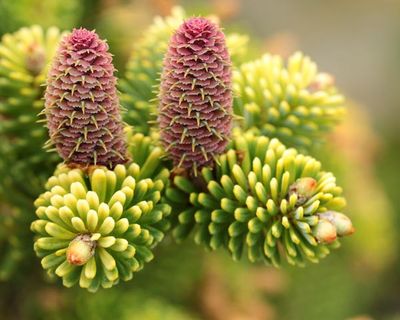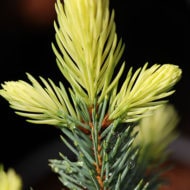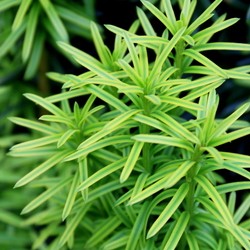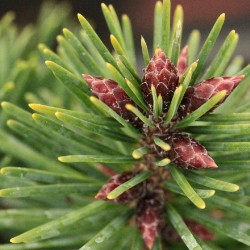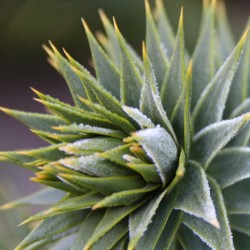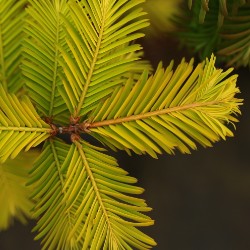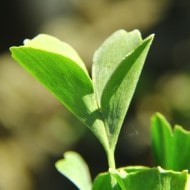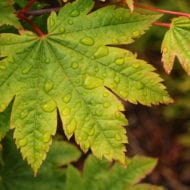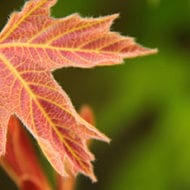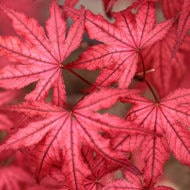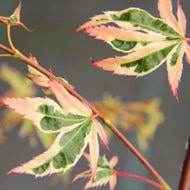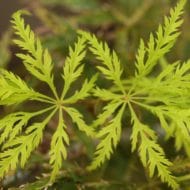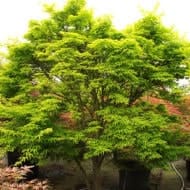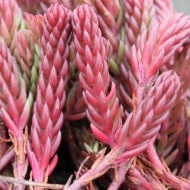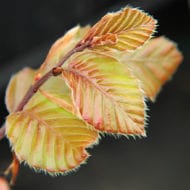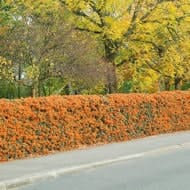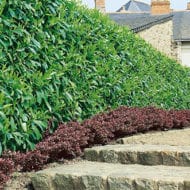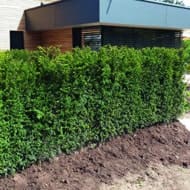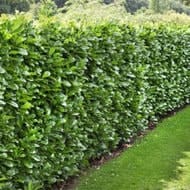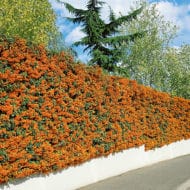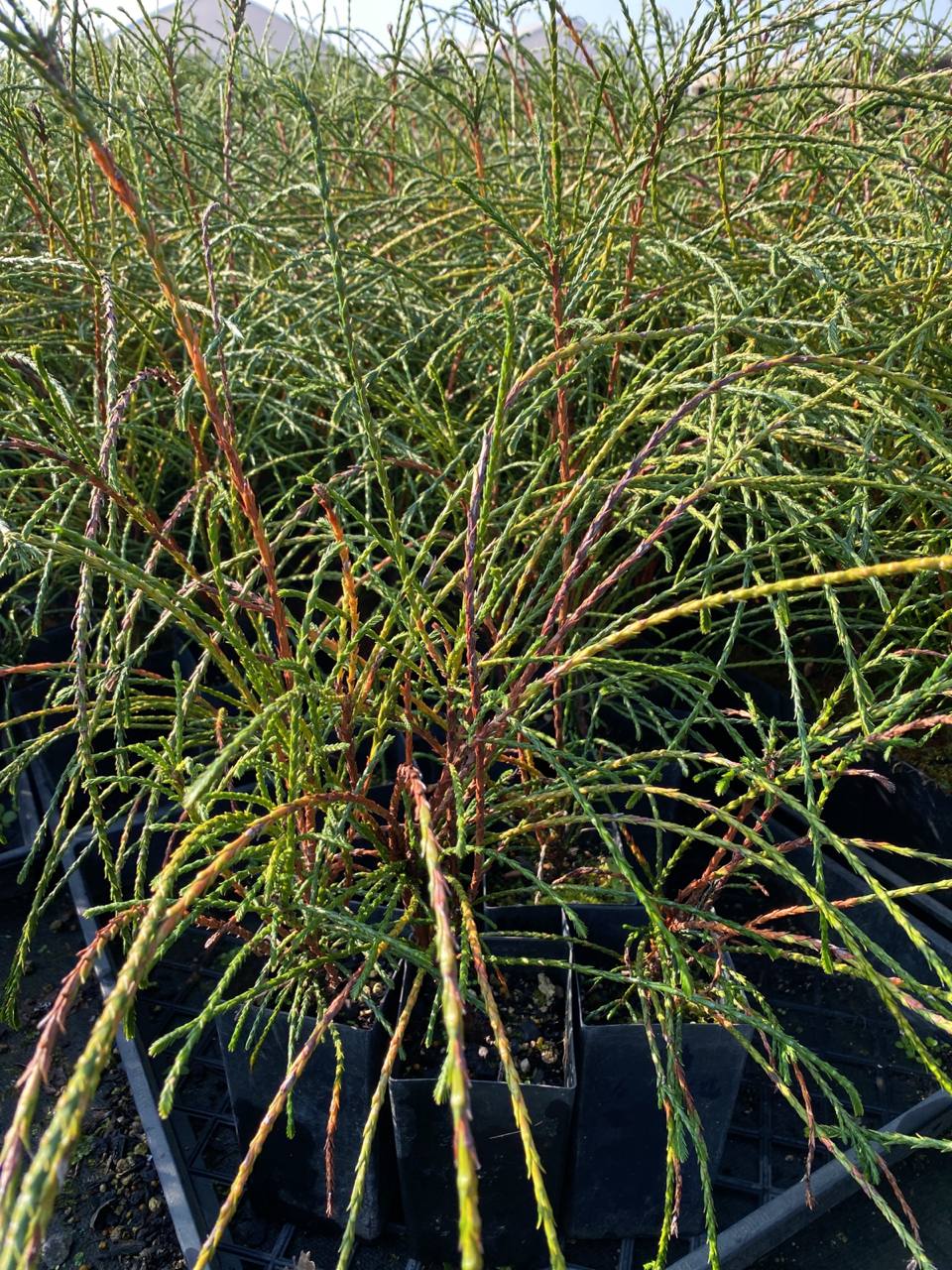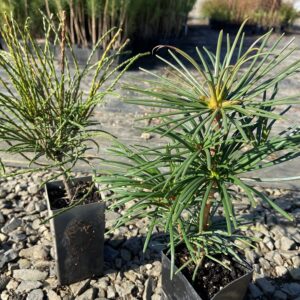Thuja plicata ‘Whipcord’ Western Red Cedar
SKU: ThPli-Whipcord-0-0
Categories: Dwarf, Dwarf Conifers, Dwarf Conifers, Green, Green Conifers, Our Plants, Thuja - Arborvitae & False Cedars, Ungrafted Varieties, Zone 5, Zone 6, Zone 7, Zone 8
Tag: GS
Description
This peculiar variety looks like a firework of stringy foliage! Thin green branchlets radiate in all directions on this low, mounding conifer. Its fascinating texture and fun shape make it an excellent slow growing selection for most any garden.
USDA Hardiness Map

Plant Form

Additional information
| Weight | N/A |
|---|---|
| Latin Name | Thuja plicata 'Whipcord' |
| Plant Size | #1 Container, #3 Container, BP |
| Common name | Whipcord Western Red Cedar |
| Sun Exposure | Sun/Part Shade/Shade |
| ANNUAL GROWTH | 2-4" |
| HxW@10 Years | 2.5'x2.5' |
| Color | green |
| Form | Spreading/Prostrate |
| Growth Rate | Dwarf |
| Hardiness Zone | Zones 5-8 |
| Color | |
| Form | |
| Growth Rate | |
| Your auto-detected zip code |  |
| hardiness zone based on zip code |  |
| You can also try another zip code |


